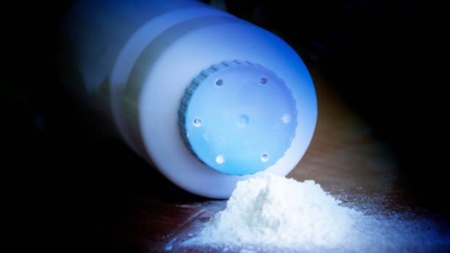
Johnson & Johnson is facing a criminal investigation by the U.S. Justice
Department following revelations the company knew its talc products, including
the iconic Baby Powder, were contaminated with asbestos but continued
to sell the products for over 40 years without passing the information
along to investors and consumers.
In December 2018
Reuters News and
The New York Times published bombshell investigative reports detailing a J&J’s
decades-long campaign to hide evidence that their talc products sometimes
tested positive for asbestos from regulators, consumers, and investors.
The reports were based on company memos, reports, and other internal confidential
documents which showed that from 1971 to the early 2000s, J&J executives,
lawyers, and doctors were aware of the contamination. J&J worked to
hinder regulators’ attempts to more closely monitor for asbestos
and hired doctors to influence scientific research minimizing the health
risks of talc and asbestos.
In February J&J announced in its annual report that it had been subpoenaed
and was under regulatory investigation by The Justice Department and Securities
and Exchange Commission. A grand jury in Washington is currently looking
into what J&J officials knew.
J&J continues to defend itself insisting its talc is safe and beneficial
to use. A video posted on J&J’s website asserts that, “Since
tests for asbestos in talc were first developed, J&J’s Baby
Powder has never contained asbestos.” and has stated in ads, “If
we had any reasons to believe our talc was unsafe, it would be off our
shelves.”
There have been more than 14,000 lawsuits against J&J and, in the last
three years alone, jurors have awarded over $5 billion to plaintiffs whose
cancer was caused by exposure to J&J’s talc.
J&J is currently in trial for its alleged role in fueling the opioid
crisis by mass marketing, pressuring doctors to prescribe opioids to patients
who did not need them, and falsifying claims the drugs were less addictive
and more effective in the treatment of chronic pain than other pain medications.
Given how regulation of the cosmetics and drug industries have been politicized
and influenced by corporate lobbyists, it should be no surprise that the
evidence which has led to public disclosure of J&J’s misdeeds
is the product of personal injury/products liability lawsuits.
We are proud to have participated in the first case alleging asbestos-contamination
of J&J talc in 1997. Twenty-two years later, J&J’s denials are finally being subjected
to appropriate public and criminal scrutiny. Can the company’s ultimate
day of reckoning be far off?